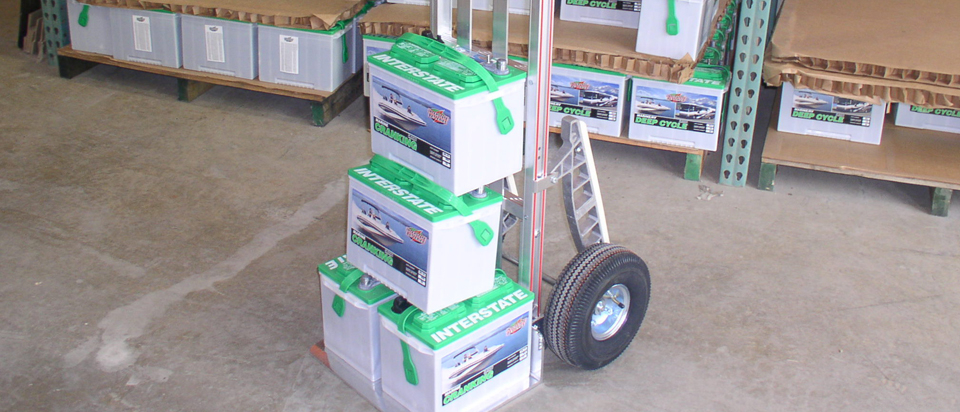Have you heard the one about batteries discharging when stored on concrete? Apparently, some people have taken to storing 12V batteries—the kind used in electric wheel chairs and emergency lighting systems—on wooden shelves to maximize their life expectancy. Is there a spark of truth to this or is this claim dead in the water?
A bit of research reveals this to be a zombie truth: it used to be that batteries would discharge faster when stored on concrete, but newer technology put the kibosh on this phenomenon. Yet the belief persists.
A hundred years ago, this rule-of-thumb was quite useful, as the case around the battery was made of wood and the electrical cells were glass. If the concrete floor underneath was wet, the wooden case would swell, causing the glass cells to break.
Subsequent batteries would sometimes lack a case altogether, allowing electrical discharges into the concrete. Then came porous rubber cases which contained carbon atoms: this also created electrical activity between the cells in the presence of moisture, leading to prematurely discharged batteries.
The batteries of today, however, are encased in plastic or hard rubber, which significantly reduces this energy waste. Batteries do naturally self-discharge over time, however, but this is due to an internal process, not the type of material on which the battery is sitting.
A compound called lead sulphate naturally forms during battery use and it can crystallize onto the negative plate of the battery, especially when the battery rests for a long time. These crystals end up impeding battery performance over time.
A reader asked us to look into this myth because he was concerned about battery life in parking meters. These meters all use a 12V battery to either deliver main power or serve as a backup, and these batteries sit on a sheet of steel set atop concrete or, sometimes, directly on the concrete itself.
If these batteries do discharge faster than expected, I suspect it has nothing to do with the material upon which they sit, but with the ambient temperature. Montreal summers can be pretty brutal: we had a maximum of 32 degrees Celsius last June. I can only imagine how hot it gets inside a black parking meter in downtown Montreal.
Heat is bad for batteries. According to manufacturer Pacific Power Batteries, a car battery in a hot climate will last, on average, only two thirds as long as it would in a cold climate. For example, a battery that lasts 4 years in a cold environment would only last 2 years and 8 months in a hot climate. Keeping the battery on a slab of concrete, which can act as a heat sink, might actually extend its life by absorbing some of that heat.
Next time someone advises you to store your heavy-duty battery on wood instead of concrete, remind them that battery cases have changed radically over the past century and that concrete is actually good for storage now.
And remember that batteries, as a rule, last longer when they’re cool.







